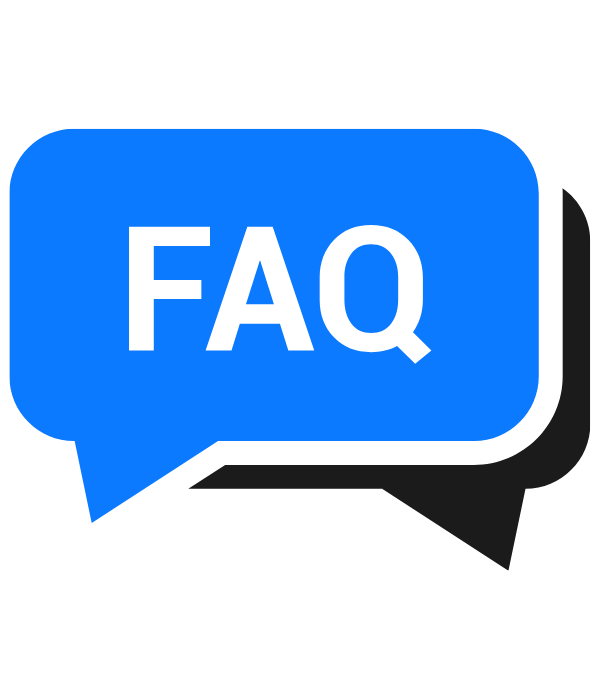Optimizing ads and managing timelines effectively are crucial for ensuring that your
campaigns perform well. Here’s a breakdown of how to approach this in a conversational
and engaging way:
Ad Adjustments Based on Budget and Client Requirements
Ad strategies need to be tailored based on both the available budget and the client’s
specific goals.
Smaller Budget:
For a smaller budget, ads need to be optimized more frequently to ensure that every
dollar spent is maximized. Frequent adjustments help maintain efficiency.
Larger Budget:
If the budget is larger, there’s more flexibility to experiment and let campaigns run
longer before making adjustments. This ensures that ads reach a broad audience while
maintaining efficiency.
Tweaking Timeline Guidelines for Low and High Budgets
Low Budget:
With a limited budget, it's crucial to review and tweak campaigns more often. Typically,
checking performance three days after a new campaign launch or significant adjustment
allows for prompt optimization. This rapid response helps to ensure that underperforming
ads don’t drain the budget.
High Budget:
For campaigns with a substantial budget, it’s recommended to let ads run for about 5 to 6
days before assessing their performance. This provides sufficient time for the ads to
gather enough data, pass through the learning phase, and accurately reflect their
potential performance. Changes are made with more data-backed insights, reducing the
risk of over-optimizing.
Importance of Adhering to a North Star Metric
Every campaign needs a key metric to guide decisions, often referred to as the "North
Star." This can be:
- CPA (Cost Per Acquisition)
- CPL (Cost Per Lead)
- ROAS (Return on Ad Spend)
- CPC (Cost Per Click)
- CPM (Cost Per Mille/Thousand impressions)
The specific metric chosen reflects the campaign’s ultimate objective. By keeping a close
watch on it, marketers can align their strategies accordingly. A consistent north star
metric ensures campaigns remain focused on what matters most to the client’s objectives.
Key Performance Insights Post-Learning Phase
During the learning phase, the algorithm tests the ads to find the best audience and
placement. After this phase, it’s crucial to assess how well the ads are performing. Key
insights include:
Cost per Result:
Check if the Cost per Result is within the desired range.
Learning Phase Stability:
Understand if the learning phase has stabilized or if the campaign continues to show
unstable behavior, which could indicate potential issues.
Review Other Metrics:
Identify which parameters (e.g., ad creative, targeting, budget) need adjustments.
Happy Learning! 😊
Why should you learn meta ads?
- Improve Marketing Skills
- Reach More People
- Increase Ad Success
- Stay Competitive
- Target Precisely
- Get Useful Data
Starting Meta Ads (Advanced)
Student's Reviews
-
5
3 Rating
-
4
2 Rating
-
3
1 Rating
-
2
2 Rating
-
1
2 Rating

Robert Max
Outstanding Course
" Lorem Ipsum is simply dummy text of the printing and typesetting
industry. Lorem Ipsum has been the industry's standard dummy text ever
since the 1500s, when an unknown printer took a galley of type and
scrambled it "

Robert Max
Outstanding Course
" Lorem Ipsum is simply dummy text of the printing and typesetting
industry. Lorem Ipsum has been the industry's standard dummy text ever
since the 1500s, when an unknown printer took a galley of type and
scrambled it "

Robert Max
Outstanding Course
" Lorem Ipsum is simply dummy text of the printing and typesetting
industry. Lorem Ipsum has been the industry's standard dummy text ever
since the 1500s, when an unknown printer took a galley of type and
scrambled it "
Web Designer
Lorem Ipsum is simply dummy text of the printing and typesetting industry. Lorem
Ipsum has been the industry's standard
